1 Bird of paradise leaves curling?
- Author: deeb512.com
- Published Date: 05/02/2022
- Review: 4.8 (781 vote)
- Summary: When a bird of paradise is happy, the leaves will curl outward. When a plant is unhappy, the leaves will curl inward. It’s easy to tell if your plant is being
- Matching search results: Watering giant bird of paradise plants is not an easy task. These plants are classified as desert plants, which means they’re tough to keep alive in moist climates. Giant birds of paradise plants grow quickly and require more water than other …
- Source: 🔗
2 Curling Leaves on a Bird of Paradise? Causes and Solutions
- Author: fiddleandthorn.com
- Published Date: 02/28/2022
- Review: 4.77 (229 vote)
- Summary: · Another factor that can cause curling leaves on a Bird of Paradise is high temperatures. This links in with some of the other issues above as if
- Matching search results: Watering giant bird of paradise plants is not an easy task. These plants are classified as desert plants, which means they’re tough to keep alive in moist climates. Giant birds of paradise plants grow quickly and require more water than other …
- Source: 🔗
3 Why Are Your Bird Of Paradise Plant Leaves Curling?
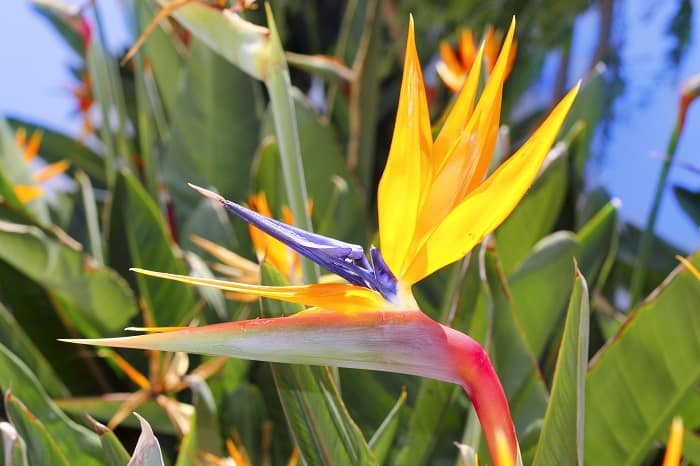
- Author: gardeningdream.com
- Published Date: 08/02/2022
- Review: 4.51 (596 vote)
- Summary: · When a bird of paradise (Strelitzia reginae) starts to curl it leaves on its own this can be happening when their water source dries out or if
- Matching search results: Bird of paradise plants are susceptible to numerous pests and diseases. If the leaves are curling, it could be a sign of an invasion by mites. Perhaps the most common is the spider mite, which will weave weblike structures between the leaves and …
- Source: 🔗
4 Why are my Birds of Paradise Plant Leaves Curling?
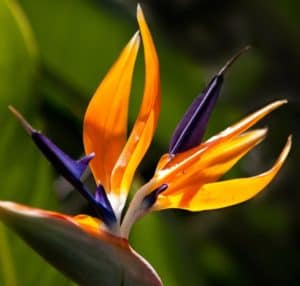
- Author: beangrowing.com
- Published Date: 11/26/2021
- Review: 4.29 (556 vote)
- Summary: Birds of paradise plant leaves can be curling for many reasons, chief among them underwatering with pest invasion and lack of adequate light
- Matching search results: Bird of paradise plants are susceptible to numerous pests and diseases. If the leaves are curling, it could be a sign of an invasion by mites. Perhaps the most common is the spider mite, which will weave weblike structures between the leaves and …
- Source: 🔗
5 Bird of paradise Leaves Curling Causes, Signs, and Fixes
- Author: homespursuit.com
- Published Date: 07/29/2022
- Review: 4 (500 vote)
- Summary: · The most common reason for the bird of paradise leaves curling is underwatering or any reason that causes moisture loss or hinders water
- Matching search results: Birds of paradise can withstand full sun, bright, indirect light, or even medium light. However, too much direct sunlight is a possible sign of leaves curling inward. The hot sun will cause a lot of water evaporation, and the leaves will curl to …
- Source: 🔗
6 Why Are My Bird of Paradise Leaves Curling
- Author: smartgardenhome.com
- Published Date: 12/27/2021
- Review: 3.84 (434 vote)
- Summary: Birds of Paradise require bright, indirect light. Too much direct sunlight causes leaf burn and curling, while too little light causes wilting and curling
- Matching search results: Birds of paradise can withstand full sun, bright, indirect light, or even medium light. However, too much direct sunlight is a possible sign of leaves curling inward. The hot sun will cause a lot of water evaporation, and the leaves will curl to …
- Source: 🔗
7 Why Are My Birds of Paradise Leaves Curling? And How Fix It Fast
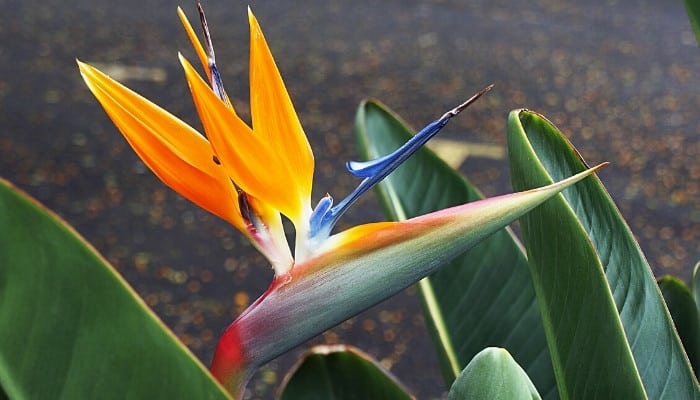
- Author: goldengooseusastore.com
- Published Date: 07/06/2022
- Review: 3.59 (515 vote)
- Summary: · Bird Of Paradise Leaves Curling Outward … A leaf curling outwards, almost inside out, is a sign of a plant suffering from the cold. It may also
- Matching search results: This is an easy problem to identify and solve. Soil test. Put your finger in the centre and dig. Your poor bird of paradise is thirsty and needs watering when dry and loose. Pouring from below is the best option. With this method, the water is …
- Source: 🔗
8 Why Are My Bird of Paradise Leaves Curling? 8 Common Causes

- Author: whyfarmit.com
- Published Date: 01/12/2022
- Review: 3.52 (518 vote)
- Summary: The primary reasons for leaf curling on bird of paradise are insufficient water and lack of humidity . However, poor water or soil quality, cool temperatures, incorrect lighting, improper fertilization, pests, diseases, being rootbound, and transplant stress can cause leaves to curl as well
- Matching search results: Why are my bird of paradise leaves curling? The primary reasons for leaf curling on bird of paradise are insufficient water and lack of humidity. However, poor water or soil quality, cool temperatures, incorrect lighting, improper fertilization, …
- Source: 🔗
9 Bird of Paradise Leaves Curling? (10 Causes & Solutions)
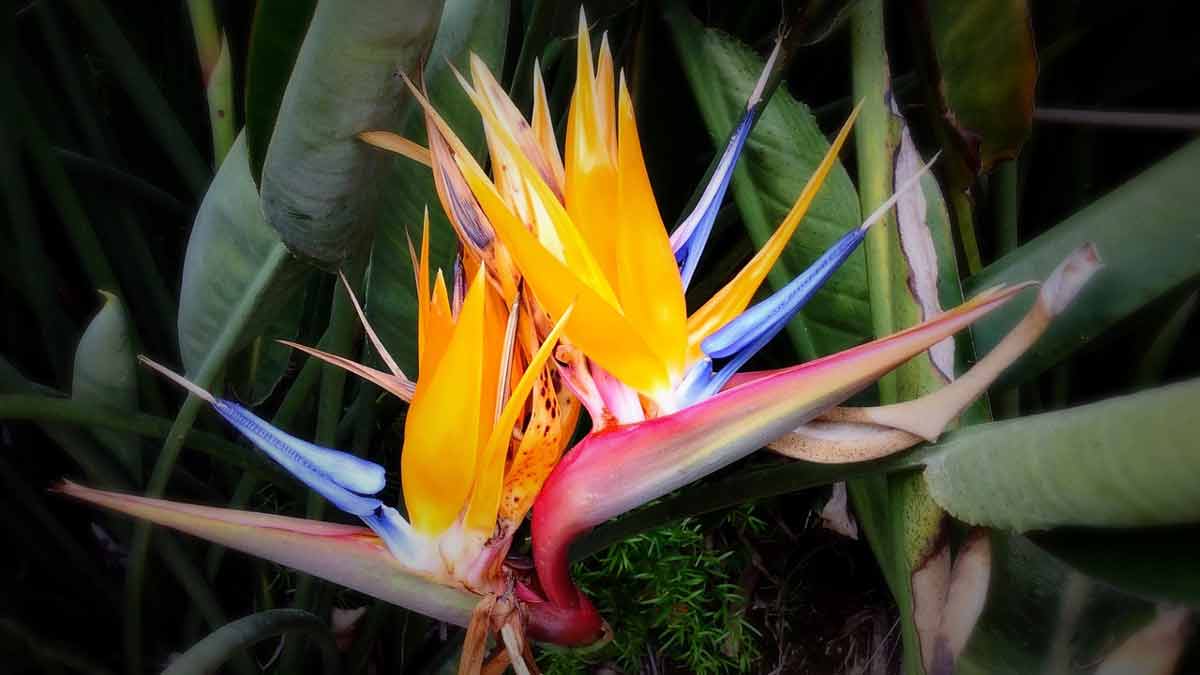
- Author: gardenswhisper.com
- Published Date: 08/24/2022
- Review: 3.39 (269 vote)
- Summary: Curled leaves on a Bird of Paradise plant are usually caused by stressors such as improper watering, too much sun, or pests. You can prevent leaf curl by taking
- Matching search results: Why are my bird of paradise leaves curling? The primary reasons for leaf curling on bird of paradise are insufficient water and lack of humidity. However, poor water or soil quality, cool temperatures, incorrect lighting, improper fertilization, …
- Source: 🔗
10 Does Your Bird of Paradise Have Curled Leaves? Heres What You Can Do To Help
- Author: thehealthyhouseplant.com
- Published Date: 01/19/2022
- Review: 3.02 (526 vote)
- Summary: Curled leaves can indicate several problems with a Bird of Paradise, including exposure to drafts, poor lighting, and insufficient humidity
- Matching search results: Why are my bird of paradise leaves curling? The primary reasons for leaf curling on bird of paradise are insufficient water and lack of humidity. However, poor water or soil quality, cool temperatures, incorrect lighting, improper fertilization, …
- Source: 🔗
11 Why are the leaves on my Bird of Paradise dry and curling?
- Author: bloomscape.com
- Published Date: 04/09/2022
- Review: 2.93 (186 vote)
- Summary: Make sure your plant is not in a drafty area or in the path of heating and cooling vents. Leaves will curl if the plant is cold, or dry from constant airflow
- Matching search results: Why are my bird of paradise leaves curling? The primary reasons for leaf curling on bird of paradise are insufficient water and lack of humidity. However, poor water or soil quality, cool temperatures, incorrect lighting, improper fertilization, …
- Source: 🔗
12 Bird Of Paradise Leaves Curling (And How To Fix It)
- Author: worldofgardenplants.com
- Published Date: 03/22/2022
- Review: 2.71 (72 vote)
- Summary: · One of the main reasons why Bird of Paradise leaves curl is dehydration. Because this plant has huge leaves, it evaporates a significant amount
- Matching search results: Bird of Paradise is not a hardy plant so in most cases it is grown as an indoor plant. But during the summer, owners often take Bird of Paradise outdoors for improved growth. Often in the summer, there are nighttime cold spells that can cause the …
- Source: 🔗
13 Causes of Bird Of Paradise Leaves Curling And How To Fix
- Author: theyardandgarden.com
- Published Date: 11/15/2021
- Review: 2.72 (122 vote)
- Summary: Leaves curling on Bird of Paradise is primarily caused by a lack of water and humidity. However, soil quality, cool temperatures, insufficient lighting or
- Matching search results: I recommend bottom watering for best results. This allows water to seep into the pot gradually via the drainage hole in the bottom. Fill your sink halfway with water and soak the plant for no more than an hour. This should provide enough time for it …
- Source: 🔗
14 Leaf Curl On Bird Of Paradise Plants: Why Do Bird Of Paradise Leaves Curl?
- Author: gardeningknowhow.com
- Published Date: 05/05/2022
- Review: 2.53 (64 vote)
- Summary: · Several pests have been known to attack bird of paradise plants. Malformed leaves and curling foliage are caused by sucking insects such as
- Matching search results: Containerized bird of paradise plants should be repotted every few years or when they become pot bound. New soil is important in container plants to help provide nutrients. It is also important to give the plant enough root space. If the plant is …
- Source: 🔗
15 Bird of Paradise Leaves Curling (Causes and Solutions)
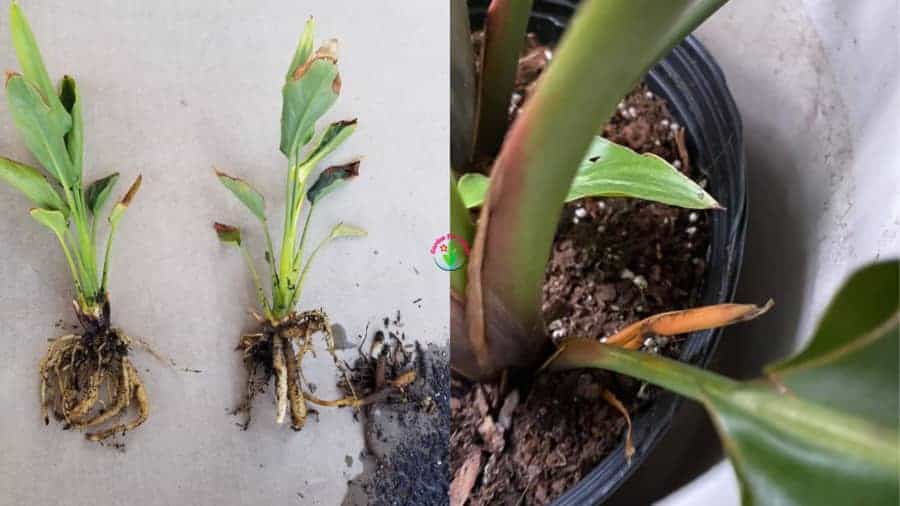
- Author: gardenforindoor.com
- Published Date: 09/26/2022
- Review: 2.5 (197 vote)
- Summary: Bird of paradise leaves curling is primarily caused by inadequate watering, low humidity, sudden temperature changes, or high soil pH levels
- Matching search results: Bird of paradise leaves curling is primarily caused by inadequate watering, low humidity, sudden temperature changes, or high soil pH levels. To correct curled leaves, water your Bird of paradise when the top 1-2 inches of soil are dry and maintain …
- Source: 🔗
16 Is Your Bird of Paradise Leaves Curling? Heres Why
- Author: hortzone.com
- Published Date: 04/24/2022
- Review: 2.3 (120 vote)
- Summary: · For starters, the leaves of your bird of paradise plant may curl inward as a result of chilly temperature, inadequate moisture, or humidity
- Matching search results: Overwatering is just as harmful as underwatering. Bird of paradise roots needs air. Overwatering fills air pockets with water, effectively drowning the roots. The roots will begin to rot and the leaves of your plant will start curling initially …
- Source: 🔗
17 Bird of Paradise Leaves Curling – Reasons and How to Fix it!
- Author: gardenxp.com
- Published Date: 03/22/2022
- Review: 2.24 (130 vote)
- Summary: · Bird of paradise causes curled leaves due to many reasons. It depicts that the plant leaves are not feeling good so you need to identify the
- Matching search results: Last but not least, you need to provide a good amount of sunlight to your Bird of paradise. Make sure you are not losing your plant in the sunlight, you have to choose that location for them where they receive bright indirect sunlight to thrive …
- Source: 🔗
18 My bird of paradise has curling leaves, not dry, please help
- Author: torontomastergardeners.ca
- Published Date: 06/12/2022
- Review: 2.25 (95 vote)
- Summary: There are a few things to consider regarding the curling leaves. Indeed lack of water may be a problem but too much moisture can also cause foliage changes
- Matching search results: Last but not least, you need to provide a good amount of sunlight to your Bird of paradise. Make sure you are not losing your plant in the sunlight, you have to choose that location for them where they receive bright indirect sunlight to thrive …
- Source: 🔗
19 Bird of Paradise Leaves Curling: Causes Best Fix
- Author: gardenine.com
- Published Date: 07/17/2022
- Review: 2.06 (178 vote)
- Summary: · Underwatering, overwatering, low humidity, and heat stress are the primary reasons bird of paradise leaves curl. These can be easily fixed
- Matching search results: The bird of paradise plant (Strelitzia reginae) has broad waxy leaves with beautiful orange or blue flowers resembling a bird. In its full bloom, is immediately noticeable, making it a stand-out piece in any garden. However, the plant’s leaves …
- Source: 🔗
20 Bird of Paradise Leaf Curl: Is It Normal or Should I Be Worried?
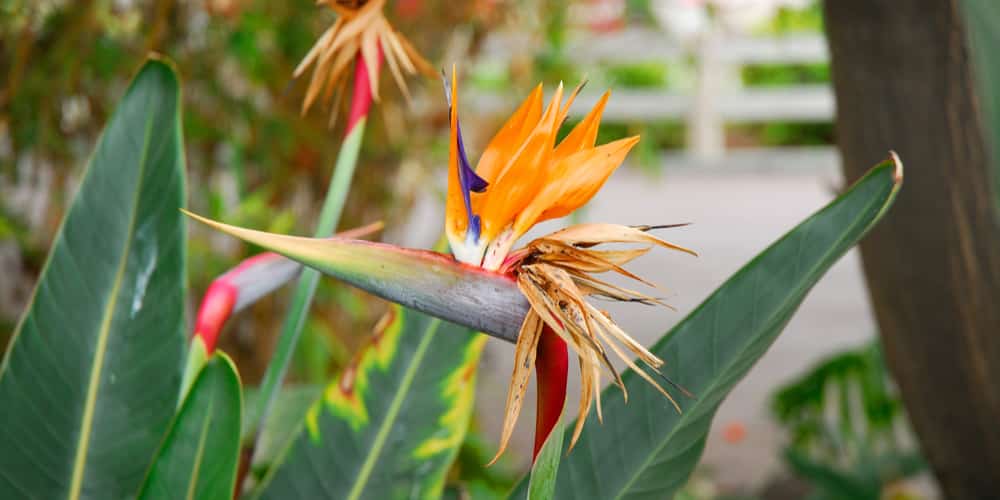
- Author: gfloutdoors.com
- Published Date: 10/02/2022
- Review: 2 (115 vote)
- Summary: · They’ll eventually unfurl as the plant matures. But if the leaves on your bird of paradise plant are curling and you don’t see any new growth,
- Matching search results: When a plant is pot-bound, the roots have nowhere to go, and they start to suffocate. This can cause the leaves to curl as the plant tries to get more oxygen. The best way to solve this problem is by repotting your bird of paradise in a pot that’s …
- Source: 🔗
21 Why is My Bird of Paradise Leaves Curling: Explained
- Author: agardeners.com
- Published Date: 11/24/2021
- Review: 1.84 (120 vote)
- Summary: · The leaves of my bird of paradise are curling for a variety of reasons. It may be because of the temperature, or it could be because of high
- Matching search results: If your bird of paradise plant is not getting enough water, then its leaves may wilt and curl up due to lack of hydration. Make sure that you water your plant thoroughly but do not let it stand in water for too long since this causes root rot and …
- Source: 🔗
22 Birds of paradise leaves curling – Find the solution

- Author: gardeningleaves.com
- Published Date: 09/22/2022
- Review: 1.89 (112 vote)
- Summary: This plant stands out throughout the environment because of its unique inflorescence. Birds of paradise leaves curling are a sign of poor growing conditions. A
- Matching search results: The condition of the plant’s leaves is a good indicator of its overall health. Bird of paradise plants do not bloom indoors in every case, but the first step to achieving the plant’s eye-catching orange bloom is to maintain the plant’s general …
- Source: 🔗
23 Why Bird of Paradise Plant Leaves Curling & How to Fix It?
- Author: rayagarden.com
- Published Date: 02/08/2022
- Review: 1.63 (123 vote)
- Summary: · A bird of paradise leaf curling outwards, almost inside out, is a sign of a plant suffering from the cold. It may also be a problem with poor
- Matching search results: The condition of the plant’s leaves is a good indicator of its overall health. Bird of paradise plants do not bloom indoors in every case, but the first step to achieving the plant’s eye-catching orange bloom is to maintain the plant’s general …
- Source: 🔗
